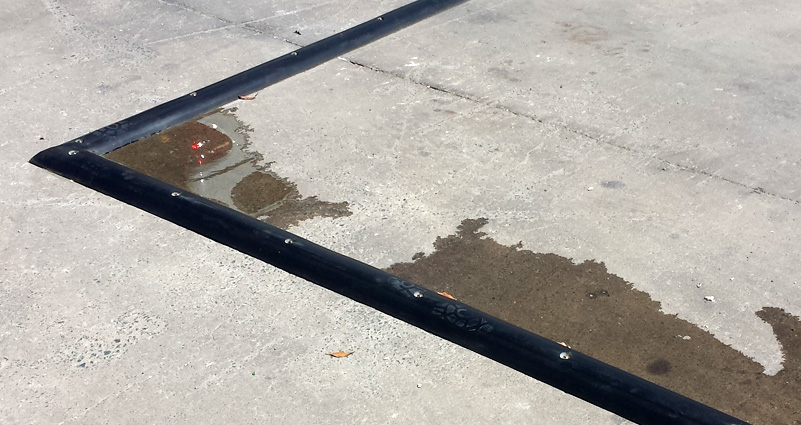Bunding is a crucial aspect of workplace safety. In short, bunds are designed for hazardous liquid spill containment and will help you keep your workplace as compliant as possible. But if you’re new to bundling, here’s a quick guide to everything you need to know.
Types of Bunding
Several different kinds of bunding can be used, depending on how much space is available and what needs to be contained.
Floor Bunding
Floor Bunding is applied directly to the floor of a building. In the event of a spill, it has special channels that allow liquids to be contained and safely drained away.
Bunded Pallets (Bunded Trays)
Bunded pallets and bunded trays are containers with a secondary barrier built around the perimeter to keep any liquid or solid contents from escaping. The purpose of this secondary barrier, which is referred to as a “bund,” is to contain and manage any drips, spills, or leaks that may occur during the transportation or storage of potentially hazardous materials.
Collapsible Bunds (Portable Bunding)
Portable bunding, also known as collapsible bunds, is light, portable, and simple to set up when required. They may be the best application for bunding when used outdoors or in confined spaces.
Tank Bunding
This sort of bunding is utilised for big tanks, including those putting away a lot of fuel or synthetics. Concrete is typically used to build it, and it is designed to contain spills.
Fuel Bunding
Fuel bunding is similar to other types of bunding in that it is made to hold fuel and other flammable liquids safely until further action can be taken.
Chemical Bunding
This kind of bunding is made to keep dangerous chemicals inside. It typically consists of a tank and containment walls meant to prevent hazardous substances from entering the environment.
Concrete Bunding
Concrete bunding is a heavy-duty type of bunding that is typically put in place for life in factories or other industrial locations. Even if hazardous liquids are accidentally spilt, they can be safely contained thanks to the strong barrier it provides
Advantages of Bunding
There are so many reasons that workplaces use bunding in Australia, and why it’s a key safety measure used all over the country.
Protects the Environment
Bunding is useful as it prevents potential spills from reaching waterways or other such sensitive spaces and protects the local wildlife to the highest degree possible.
Prevents Fire Water Contamination
Another advantage of bonding is that it can prevent firewater contamination in industrial settings. Fuel oils, lubricants, and chemicals found in firewater pose a risk of significant harm if they get into nearby soil or water sources.
Accident Prevention
Bundling stops accidents from occurring and allows peace of mind for workers. The bunding acts like a physical barrier that prevents slips, burns and exposure to hazards for workers. This will also increase your brand reputation and keep you compliant with Australian Standards.
Complies With Australian Standards
Bunding ensures that hazardous materials are properly contained and managed, assisting businesses in adhering to Australian regulations. This aids businesses in adhering to regulations, lowering their chances of being penalized or fined for causing harm to the environment, and maintaining a positive reputation in the sector.
Choose The Right Bunding for Your Business
Spill Station is Australia’s best choice for quality bunding solutions and can offer you compliant solutions at affordable prices. Contact them today for the best local option.
